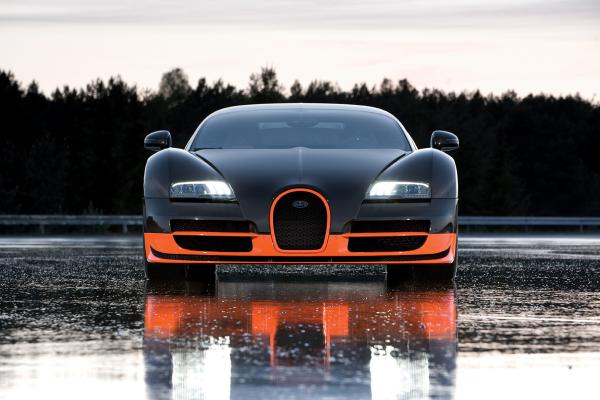Bugatti – a car maker with a difference
A new exhibition about the Targa Florio Road race opened at the Bugatti Trust Museum at Prescott during our Coffee & Chrome event on May 18th. But why is this marque such an important part of automotive history and what is its most important car?
Even the sound of the name sounds romantic. Bugatti. As you say it aloud it evokes some sort of wonderful past made up of beautiful people in beautiful locations, where elegance and grace are in abundance. As a car company, the word ‘boutique’ is appropriate in any description or explanation of it because Bugatti is all about style.
The new exhibition focusing on the Targa Florio will be open at the Bugatti Trust during our Coffee & Chrome event on May 18th. Visitors will be taken on a visual journey through the mountains of Sicily to get under the skin of this most famous of road races.
There’s plenty of archive material on the internet that will examine in great detail the history of Bugatti and what it’s all about. Romanticism, art, luxury, speed, and excitement are all in there as descriptors from over-exuberant writers who can’t help themselves with over-long verbiage that would make Chaucer blush with embarrassment. We won’t do that. We’ll cut to the chase:
- Bugatti was founded in 1909 by Ettore Bugatti, a self-taught engineer and artist, in France
- It stopped production in 1956
- Romano Artioli revived Bugatti in the 1990s with the launch of the EB110 supercar
- Volkswagen acquired the brand in 1998
- In 2021, Bugatti became part of Bugatti Rimac, a joint venture between Rimac Group and Porsche AG
That is a rather stark and brutal precis of the Bugatti story and, if you are a true follower of this rather unique automotive car maker (we won’t use the word ‘legendary’ at all in this piece), the myriad key moments in its history require onerous exposition. We’ll swerve that task and concentrate on one car that encapsulates what Bugatti is all about.

The Bugatti Veyron stopped the automotive world in its tracks when it was launched in 2005 and there was one metric that led to the PR furore: top speed. For 11 years the McLaren F1 held the record as the fastest road car when it topped out at 240.1mph on Volkswagen's Ehra-Lessien Test Track in 1998 with Andy Wallace at the wheel. That was until Pierre-Henri Raphanel, Bugatti’s official test driver, reached a top speed of 267.8mph in June 2010 in the faster, upgraded Super Sport version of the Veyron.

To achieve this level of performance the Veryron Super Sport featured the following:
an 8-litre, quad-turbo 1200bhp, 922lb-ft engine, seven-speed dual-clutch transmission and a power-to-weight ratio of 594bhp/ton.
The top-speed record was the event that justified all the investment and development work that had gone into producing what was to be a £1m car. Groundbreaking, as an epithet, simply does not do the Veyron justice since the level of innovation required to achieve this automotive feat is probably still unmatched today, although the McMurtry Spéirling does come close.
The Veyron, though, was not just about speed: it still retained the luxury and boutiquery of the past. An interior jam-packed with high quality materials and modern technology told you that this was for the more discerning customer who wanted a lot of show to go with the go. This was no stripped-out, lightweight, fast-as-you-can-go track vehicle, this was a well-thought-out luxury statement that you could park up outside Harrods.
This was a benchmark car, and it set something of a standard – a peak for other automotive companies to climb. After 2010, all manner of hypercar makers wanted to get in on the top-speed record, fully appreciating the PR benefits such a record would bring.
Koenigsegg, Hennessy, Rimac, McLaren, Aston Martin, Pagani have all built cars that have a top speed of more than 250mph-plus and, while the Bugatti Chiron Super Sport 300+ tops the pile with a quite alarming top speed of 304mph, the Koenigsegg Jesko Absolut is set to elbow it aside with a theoretical top speed of more than 310mph. It hasn't been tested and proven yet, however.
So, the Veyron is one of Bugatti’s most important cars in this marque’s most chequered of histories. Of course, there are others that should get more recognition – the Type 35, Type 57 SC Atlantic, Type 41 Royale, EB110 and the Chiron – but for us the Veyron is epoch-making and a key point in the history and future of Bugatti.

Bugatti and The Targa Florio exhibition will be open at The Bugatti Trust Museum and Study Centre 9am to 12 noon for the Prescott Footman James Coffee & Chrome event with last admission at 11.30 am. Visit: bugatti-trust.co.uk.


COMMENT